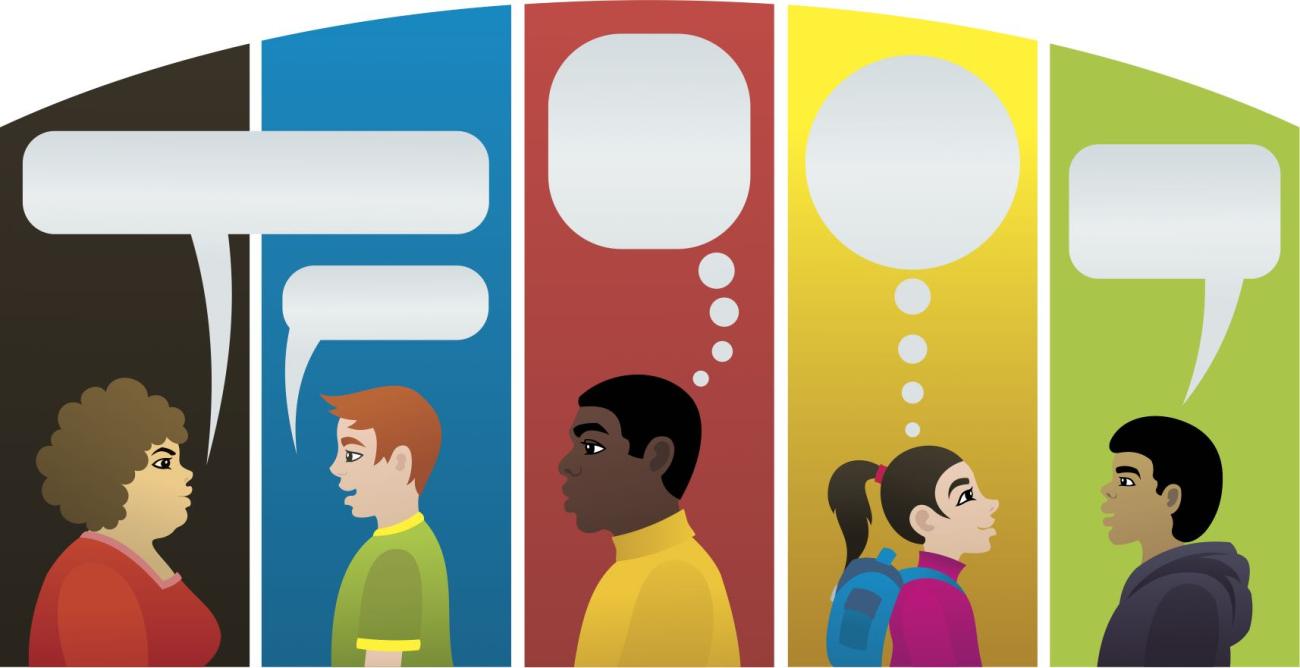
Using the tools of language
Teachers are told to build on the cultural-linguistic resources that kids bring to the classroom—but they’re seldom given concrete ideas of what that might look like, says Ramón Martínez, an assistant professor at Stanford Graduate School of Education who studies race and language in education.
On this episode of School’s In, Martínez joins GSE Dean Dan Schwartz and guest host Marily Oppezzo to talk about his research into the everyday language practices of linguistically and culturally diverse students, and how those practices overlap with many of the skills that educators say they want students to achieve.
All students have a “linguistic toolkit,” Martínez says—an assortment of competencies such as multilingualism, code-switching or translanguaging (going back and forth between languages) and interpreting or translating. Some teachers know how to invite their students to use the tools they bring, he says, while others search single-mindedly for one that’s familiar.
“Sometimes teachers rifle through those toolkits sort of carelessly, haphazardly, searching for that one thing they’re looking for,” he says. “All kids bring a toolkit, and it needs to be fully unpacked in order to understand the competencies these kids bring to the classroom.”
Martínez, whose work also looks at how teacher education programs prepare educators to work with culturally and linguistically diverse learners, shares examples of how academic language and literacy standards align with what kids may already be doing.
You can listen to School's In on SiriusXM Insight channel 121, Apple Podcasts, Google Podcasts, Spotify, Stitcher and Soundcloud.



